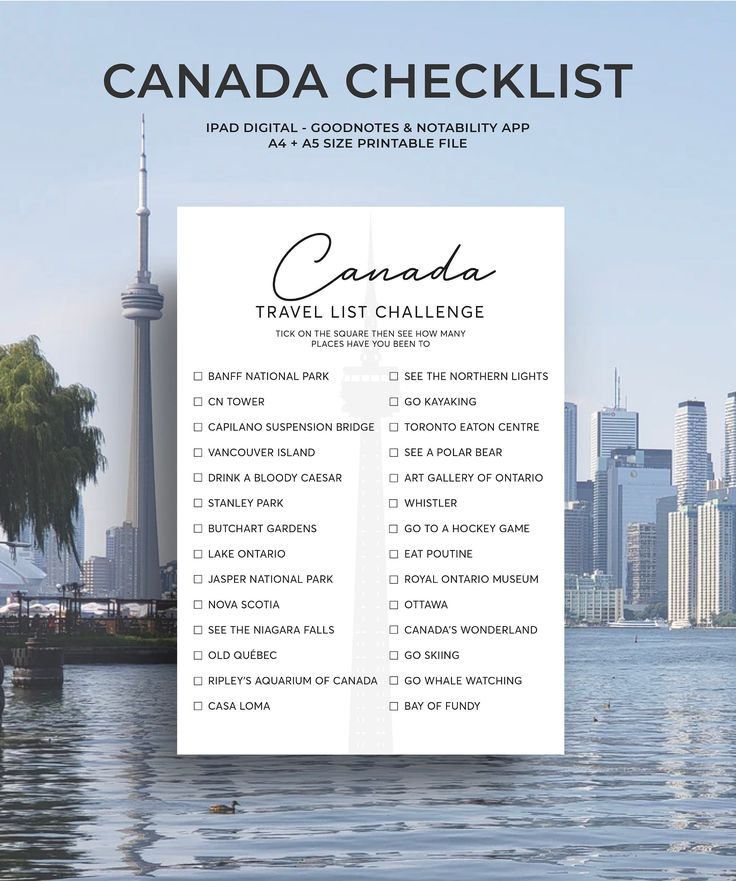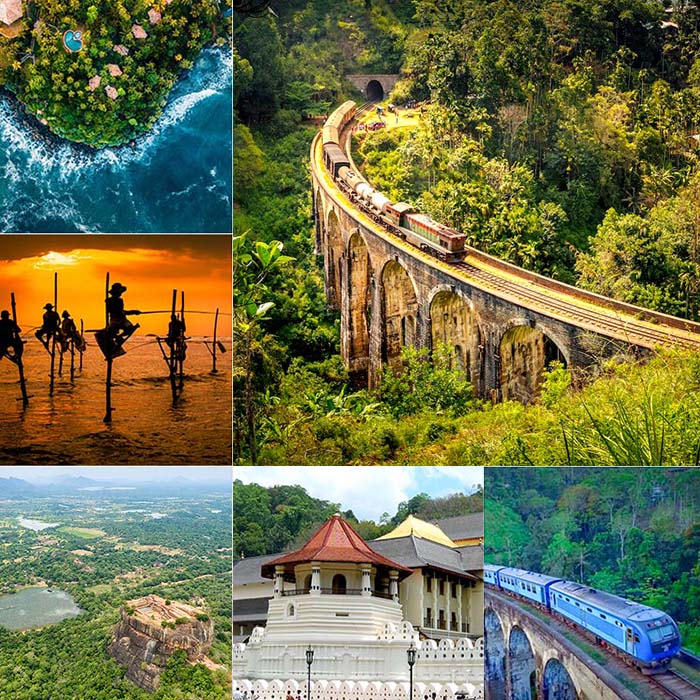
The Amazon Rainforest, a realm of unparalleled biodiversity and breathtaking natural wonder, promises an adventure unlike any other. However, to truly immerse yourself in its magic and ensure a safe, comfortable, and truly unforgettable journey, understanding how to prepare for Amazon Rainforest travel is absolutely essential. Meticulous planning transforms a good trip into an extraordinary one, allowing you to focus on the awe-inspiring sights and sounds rather than unexpected challenges.
Why Meticulous Amazon Rainforest Preparation Matters
Embarking on an Amazonian expedition means venturing into a wild, remote, and often challenging environment. Adequate preparation isn’t just about packing a suitcase; it’s about safeguarding your health, maximizing your comfort, and ensuring you can fully appreciate the unique ecosystems and cultures you’ll encounter. From navigating the humid climate to protecting yourself from insects, every detail contributes to a richer experience.
Understanding the Amazon’s Unique Environment
The Amazon is a vast and complex ecosystem spanning several countries. Its climate is typically hot, humid, and experiences frequent rainfall, regardless of the "dry" or "wet" season. This dense jungle environment is home to millions of species, many of which are unique to the region. Its remoteness means infrastructure is limited, emphasizing the need for self-sufficiency and reliance on experienced guides. Understanding these fundamental characteristics is the first step in effective Amazon rainforest preparation.
Essential Gear and Packing List for Your Amazon Adventure
Packing smart is paramount when getting ready for the Amazon. Every item should serve a purpose, balancing practicality with protection against the elements and local conditions. A well-thought-out packing list will significantly enhance your comfort and enjoyment.
What to Wear in the Amazon Rainforest: Clothing Essentials
Your clothing choices will heavily influence your comfort levels in the hot and humid Amazon.
- Lightweight, Long-Sleeved Shirts and Pants: Opt for quick-drying, breathable fabrics like linen, light cotton, or synthetic blends. Long sleeves and pants are crucial for protecting against sun exposure, insect bites, and scratches from jungle vegetation.
- Neutral Colors: Bright colors can attract insects or make wildlife feel threatened. Stick to earth tones like greens, browns, and khakis.
- Rain Gear: A lightweight, packable waterproof jacket or poncho is indispensable. Sudden downpours are common.
- Swimsuit: Many lodges have pools, and some itineraries include river swimming or visits to waterfalls.
- Wide-Brimmed Hat: Essential for sun protection during boat trips and jungle walks.
- Extra Socks: Pack several pairs of moisture-wicking socks to prevent blisters and keep your feet dry.
Footwear for Navigating the Amazon Jungle
Proper footwear is critical for navigating the often-muddy and uneven terrain of the rainforest.
- Waterproof Hiking Boots: Choose comfortable, broken-in, waterproof hiking boots with good ankle support. These will protect your feet from mud, water, and potential bites.
- River Sandals or Flip-Flops: Useful for relaxing at the lodge, short walks, or showering.
- Rubber Boots (often provided): Many lodges and tour operators provide rubber boots for jungle treks, which are ideal for muddy conditions. Confirm this with your tour provider.
Must-Have Gear for a Comfortable Amazon Trip
Beyond clothing, a few key items will significantly improve your experience.
- Daypack: A small, waterproof daypack for daily excursions to carry water, camera, and other essentials.
- Reusable Water Bottle/Hydration Pack: Staying hydrated is vital. Many lodges provide filtered water for refills.
- Headlamp or Flashlight: Essential for navigating at night, both inside and outside your lodge.
- Binoculars: An absolute must for spotting elusive wildlife from a distance – think monkeys, sloths, and countless bird species.
- Camera with Protection: A good camera is key for capturing memories. Ensure you have a waterproof case or dry bag to protect it from humidity and rain.
- Power Bank/Portable Charger: Electricity can be intermittent or limited at remote lodges.
- Dry Bags: Multiple sizes are useful for protecting electronics, documents, and spare clothes from moisture.
- Insect Repellent: High-DEET (30-50%) or picaridin-based repellent is highly recommended.
- Sunscreen: Even with long clothing, exposed skin needs protection.
- Biodegradable Toiletries: Help protect the delicate ecosystem.
Health and Safety Precautions for Visiting the Amazon
Your health and safety are paramount for a memorable experience. This section covers crucial medical preparations and strategies for staying safe in the Amazon.
Vaccinations and Medical Preparations for Amazon Travel
Consult your doctor or a travel clinic well in advance (at least 6-8 weeks) of your trip.
- Yellow Fever Vaccine: Often mandatory for entry into certain Amazonian regions (e.g., parts of Peru, Brazil, Bolivia). Ensure you have proof of vaccination.
- Routine Vaccinations: Ensure your routine vaccinations (MMR, DTP, Polio) are up to date.
- Typhoid and Hepatitis A/B: Recommended for most travelers to the Amazon.
- Malaria Prophylaxis: Discuss with your doctor if malaria medication is recommended for your specific travel area and risk assessment.
- Personal First-Aid Kit: Include any prescription medications, pain relievers, anti-diarrhea medication, antihistamines, antiseptic wipes, blister treatment, and hydrocortisone cream for insect bites.
Staying Safe from Insects and Wildlife in the Amazon Rainforest
While the Amazon’s wildlife is a major draw, it’s important to respect its inhabitants and take precautions.
- Insect Protection: Beyond repellent, wear long clothing, especially at dawn and dusk. Sleep under mosquito nets if provided and if your room isn’t sealed.
- Wildlife Awareness: Always follow your guide’s instructions. Do not attempt to touch or feed wildlife. Maintain a respectful distance. Be aware of your surroundings, especially when walking on trails where snakes or other creatures might be present.
- Nocturnal Safety: Use your headlamp at night, even for short walks to the bathroom, as nocturnal creatures are active.
Hydration and Food Safety in the Amazon
Preventing waterborne and foodborne illnesses is key to a comfortable trip.
- Drink Safe Water: Only drink bottled water, water purified by your lodge (check their purification methods), or water you have personally filtered/purified. Avoid ice unless you’re certain it’s made from purified water.
- Food Choices: Eat only well-cooked food. Avoid uncooked or unpeeled fruits and vegetables from unknown sources. Wash your hands frequently, especially before eating.
Choosing Your Amazon Experience: Logistics and Planning
The Amazon is vast, and the type of experience you seek will dictate your planning. Researching your options carefully is a vital part of preparing for Amazon Rainforest adventure.
Selecting the Right Amazon Tour and Lodge
Your choice of tour operator or lodge will significantly shape your trip.
- Reputation and Sustainability: Look for companies with strong eco-tourism credentials, positive reviews, and a commitment to responsible travel and community engagement.
- Guide Quality: Experienced, knowledgeable, and English-speaking guides are crucial for interpretation and safety.
- Itinerary and Activities: Consider what you want to do (e.g., piranha fishing, night walks, canopy tours, indigenous village visits) and choose an itinerary that matches your interests and fitness level.
- Location: Different Amazonian regions (e.g., Iquitos in Peru, Manaus in Brazil, Coca in Ecuador) offer unique access points and experiences.
- Group Size: Decide if you prefer a more intimate small-group tour or a larger river cruise experience.
Navigating Travel to the Amazon: Flights and Transfers
Reaching the heart of the Amazon usually involves multiple legs of travel.
- Gateway Cities: Identify the main gateway city for your chosen Amazon region (e.g., Iquitos, Manaus, Coca, Puerto Maldonado). You’ll typically fly into these cities from major international hubs.
- Internal Flights and Boat Transfers: From the gateway city, you’ll often take smaller internal flights or embark on boat transfers to reach your specific lodge or cruise departure point.
- Buffer Time: Allow ample buffer time between connections, as delays can occur, especially with smaller regional flights.
Essential Documents and Travel Insurance for the Amazon Rainforest
Don’t overlook the administrative aspects of your trip.
- Passport and Visas: Ensure your passport is valid for at least six months beyond your intended departure date. Check visa requirements for your nationality and the Amazonian country you are visiting.
- Copies of Documents: Carry photocopies or digital copies of your passport, visa, flight tickets, and tour confirmations.
- Comprehensive Travel Insurance: This is non-negotiable. Ensure your policy covers medical emergencies, emergency evacuation (crucial for remote areas), trip cancellation/interruption, and lost luggage.
Mindset and Cultural Preparedness for Your Amazon Journey
Beyond the physical preparations, cultivate a mindset that allows you to fully embrace the Amazon’s unique charm.
Embracing the Amazonian Environment with an Open Mind
The Amazon is not a theme park; it’s a living, breathing ecosystem that operates on its own terms.
- Patience and Flexibility: Wildlife sightings require patience. Weather can be unpredictable. Embrace the unexpected and go with the flow.
- Appreciation for Nature: Be prepared to disconnect from constant digital stimulation and reconnect with the natural world.
- Humility: The jungle is vast and powerful. Approach it with respect and a sense of wonder.
Respecting Local Communities and Wildlife in the Amazon
Responsible tourism is crucial for preserving the Amazon’s future.
- Cultural Sensitivity: If visiting indigenous communities, be respectful of their customs, traditions, and privacy. Always ask permission before taking photographs.
- Leave No Trace: Pack out everything you pack in. Do not litter.
- Support Local Economies: Choose tour operators and lodges that genuinely benefit local communities and employ local guides.
- Wildlife Ethics: Never disturb, feed, or harass wildlife. Maintain a safe and respectful distance.
Last-Minute Checks Before Your Amazon Expedition
As your departure date approaches, a final round of checks will ensure everything is in order.
- Reconfirm Bookings: Double-check all flight, lodge, and tour operator bookings.
- Charge Electronics: Ensure all cameras, phones, and power banks are fully charged.
- Inform Loved Ones: Share your itinerary and emergency contact information with family or friends.
- Final Packing Review: Go through your packing list one last time to ensure you haven’t forgotten anything critical.
- Cash: Have some small local currency notes for tips or small purchases, as ATMs are scarce in the Amazon.
Preparing for the Amazon Rainforest requires diligence, but the rewards are immeasurable. By following these guidelines, you’ll be well-equipped to navigate the wonders of the jungle, ensuring your journey is not just a trip, but a truly transformative and memorable experience.






